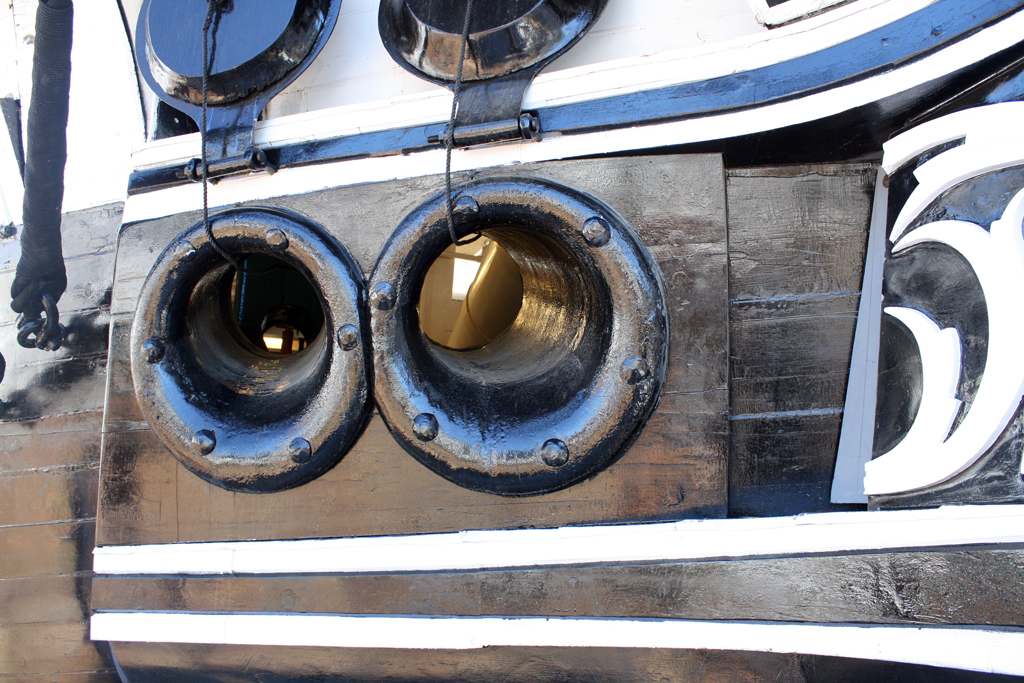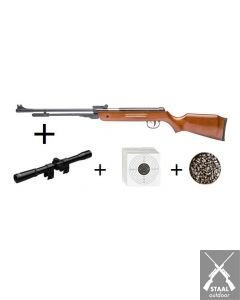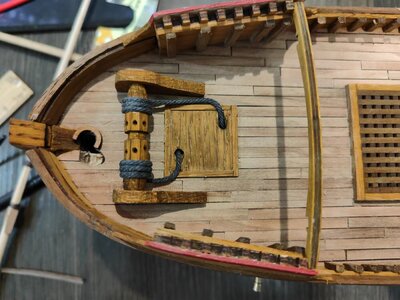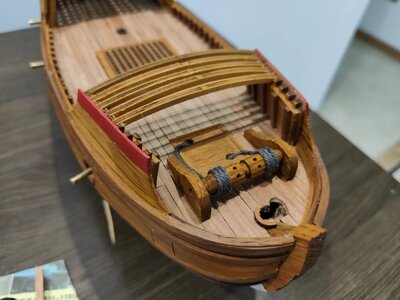- Joined
- Jan 9, 2020
- Messages
- 10,548
- Points
- 938

Back to the build.
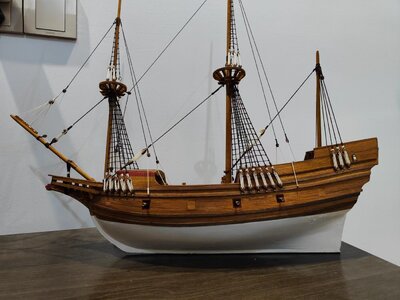
Tonight, the WB has been moved from her mooring dock to measure out the hawse holes. Unfortunately, I do not have a 3mm drill bit, but if all goes well courtesy of Taobao, I should be in business tomorrow night.
Hopefully with the Admiral here this weekend, we can get some work done on the mizzen sail and assembly. Baby steps, I know, but steps, nonetheless.
Lastly. with 250 000 views, a BIG THANK YOU is in order to all my friends who have followed this mammoth build log so diligently and who have supported me so loyally. The resurrection/completion of this build is thanks to all of you and in your honor!

Tonight, the WB has been moved from her mooring dock to measure out the hawse holes. Unfortunately, I do not have a 3mm drill bit, but if all goes well courtesy of Taobao, I should be in business tomorrow night.
Hopefully with the Admiral here this weekend, we can get some work done on the mizzen sail and assembly. Baby steps, I know, but steps, nonetheless.
Lastly. with 250 000 views, a BIG THANK YOU is in order to all my friends who have followed this mammoth build log so diligently and who have supported me so loyally. The resurrection/completion of this build is thanks to all of you and in your honor!



